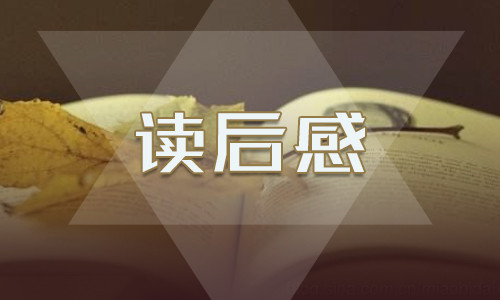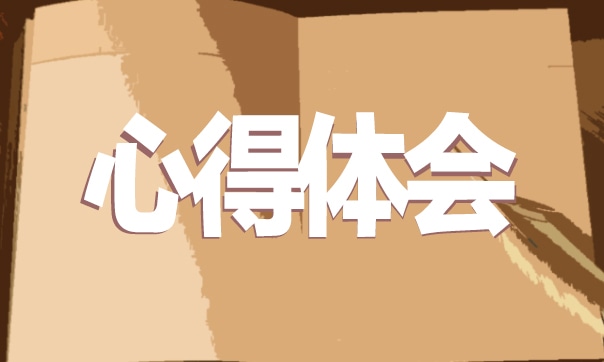---------------------------------精选公文范文--------------------------
着”。如:in the white shirt穿着白色的衬衫,in the cap戴着帽子
【相关链接】in表示”穿着”是介词,指状态,同wear 一样。in后接表示服装类的名词或表示颜色的词。如:
Kate is in a red skirt./Kate wears a red skirt.凯特穿着红裙子。
介词on表示时间、地点、方位等。 on表示时间,用于星期、日期。如:on Sunday/Sundays,on Monday morning/afternoon/evening等。
on也用于某一日的名词前,用于公共节假日前。如:
On New Year’s Day 在元旦,on Children’s Day 在儿童节等。 on表示地点、位置,有”在......旁”、”接近”、”靠近”之意。如:
a house on the main road 临大街的房子, sit on my right 坐在我的右边 on表示状态,译为”处于......情况中,从事于......”等。如:
----------------精选公文范文----------------
6
---------------------------------精选公文范文--------------------------
on duty 值日,on holiday 度假 on表示”在......上面”,用在表示物体的名词前。如:
on the box 在盒子上
【相关链接】on和over都是介词,on表示”在...... 上面”,指一物体与另一物体表面相接触;over表示”在......上方”,指一物体与另一物体不接触。试比较: There is a light on the desk.桌子上有盏台灯。
There is a light over the desk.桌子上方有一盏灯。
【特别提示】表示”在......上”,介词on与in必须注意习惯用法,否则会出错。不妨比较一番:
on the tree/in the tree都译为”......在树上”。前者表示树上本身所长着的叶子、花、果实等;后者表示某物或某人在树上。
on the wall/in the wall都译为”在墙上”。由于介词不同,在使用上有区别。图画、黑板、风筝等”在墙上”,是因为----------------精选公文范文----------------
7
---------------------------------精选公文范文--------------------------
它们在墙的表面上,故用on the wall;门窗、钉子、洞、孔等”在墙上”,是因为它们在墙的里面,故用in the wall。 4、clothes和clothing
clothes泛指服装,包括上、下装,内、外衣
clothing 是衣着的总称,无复数形式,如:man’’s clothing 5、 a bit与a little a bit和a little
a bit和 a little都有“一点、少许”之意。两进用作名词时,不能直接跟名词或代词,而必须用介of连接。如: Well, Mrs Green, may be he has caught a bit of cold. There’s a little time left. 还剩一点儿时间。
She knows a bit of English. 她懂一点儿英语。
a bit 和a little也可用作副词,后面跟形容词或副词。如:
The jacket is a bit large. 这件夹克----------------精选公文范文----------------
8
---------------------------------精选公文范文--------------------------
有点大。 That’s a bit expensive. Can I try them on, please?
He ran a little faster than me. 他跑得比我快一点。
little还可用作形容词,表示“小的”、“几乎没有”。如: a little girl、 a little water
注意:not a little 和not a bit的意思完全不同,前者是“许多、很”,后者是“一点儿也不”、“毫不”。试对比: It’s not a bit cold. 天一点儿也不冷。 It’s not a little cold. 天很冷。 6、everyday和every day Everyday是形容词,意思是“日常用的”;every day“每天”是句词短语作状语。例如:
You must pay attention to your____English.
day’s ’s day 7、have to和must
首先,两者都可译为“应该”或“必----------------精选公文范文----------------
9
---------------------------------精选公文范文--------------------------
须”,都是情态助动词,这是它们的共同之处;但在用法上有以下重要区别: ⑴ have to表示客观条件决定不得不做某事语气较弱;must表示说话人主观的看法,语气较强。 例如:
Do I have to say the words? 我必须说这些话吗?
You must work hard at English. 你必须努力学习英语。
⑵must 只有一种形式,而have to有人称、数和时态的形式变化。 例如:
She has to go to school earlier. 她应当早一点儿上学。
I’’ll have to write to him this evening. 今晚我必须给他写信。
He had to look after his sister yesterday.
8、question和problem
problem与question都作”问题”解,但 problem的问题,亦即”难题”需要著于----------------精选公文范文----------------
10





